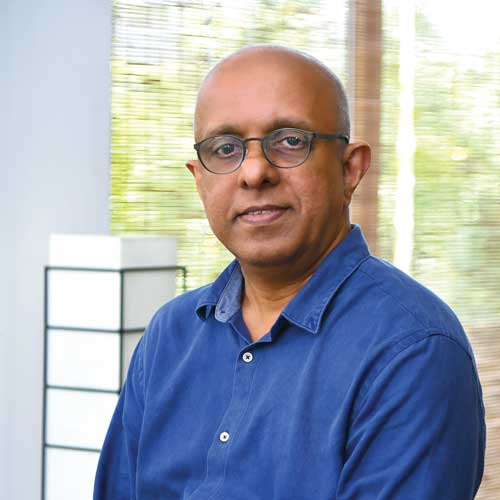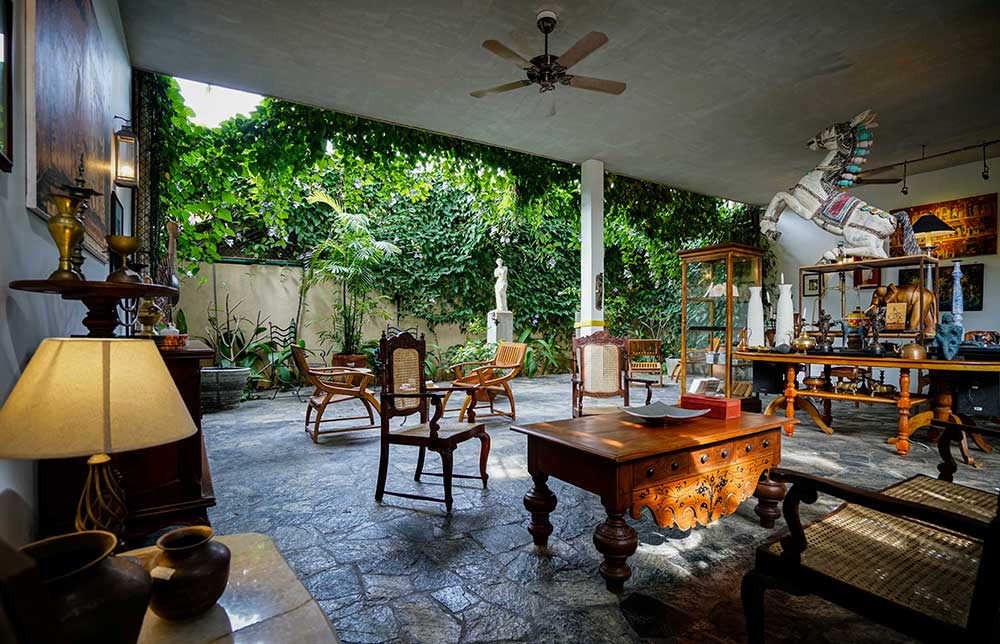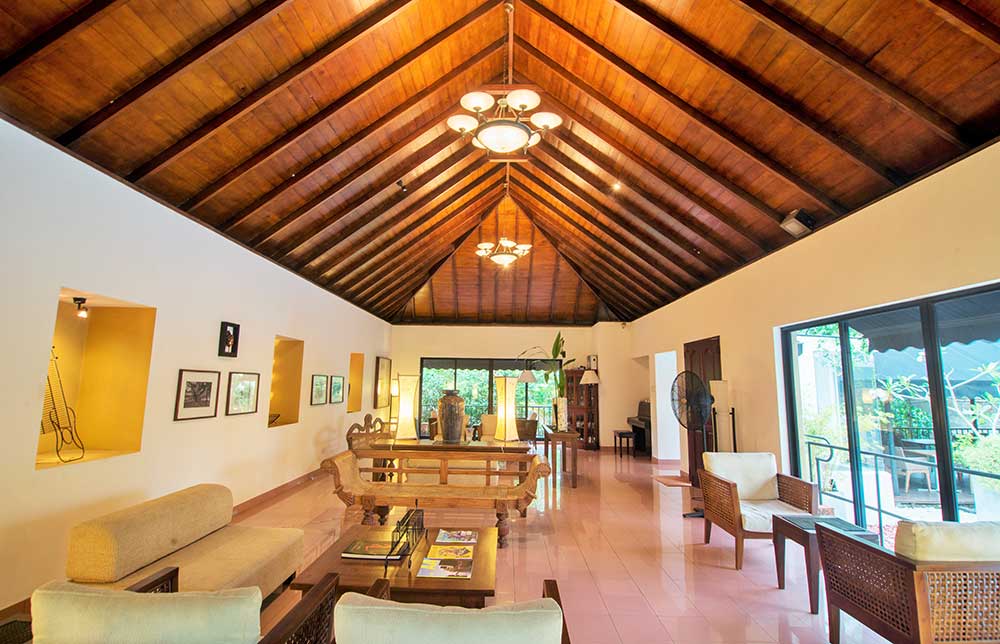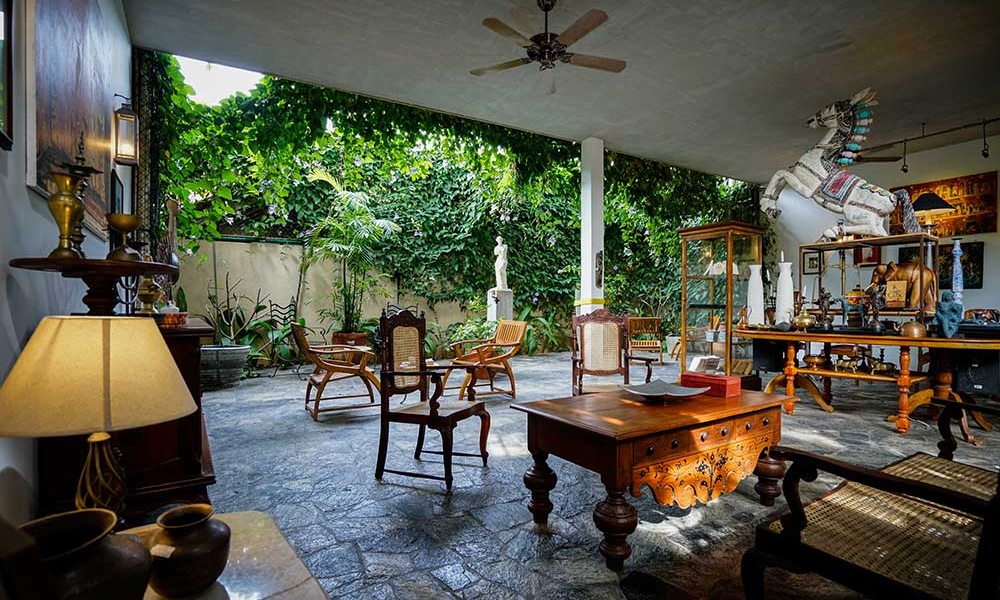Balancing modern design with purposeful aesthetics

Inspired by the ability to express his creative vision on a vast canvas, Rukshan Widyalankara believes in designing buildings that are lived in, looked at and admired as part of his legacy.
While architecture is considered to be the queen of the arts, Widyalankara considers it a way of interpreting ordinary people. Improving their lifestyles through creative aspects of design is the ethos of his work, which bears his unique stamp as an affirmation of Widyalankara’s architectural vision.
Q: Are technology and social media leveraged adequately to take local design to the international stage – and how so?
A: Technology is leveraged adequately but not social media. Technologies are not deterministic. Recent developments in frontier technologies – including AI, robotics and 3D printing – have shown tremendous potential for development.
While we can harness the potential of technology for the common good – and we have an obligation to do so – it also poses a risk of increasing inequalities by exacerbating and creating new digital divides between the tech haves and have-nots. Sri Lanka has been a victim of this situation through no fault of its people.
As much as technology is important, developing systems and processes as tools will take the nation into the next millennium.

Q: What are the attitudes and influences of modernism on Sri Lankan architecture?
A: Well-known architect Marcel Breuer once said: “Modern architecture is not a style; it’s an attitude.” This is true in our situation as well.
Modern architecture in Sri Lanka is a movement that emphasises the function of the built form over its ornamentation. It stands for innovation, simplicity and experimentation, in contrast to the age of grandeur, pomp and extravagance.
Some may argue that as modern life grew more pragmatic with each new generation, layers of ancestral wisdom were lost. While this may be true, modern architecture is also closing in on other emerging styles such as green architecture, neo-futurism and digital morphogenesis.
There is a long way to go and modernism has the potential to take on new forms through technology. On the other hand, it is being kept alive through trends that focus on simplicity and constant experimentation.
Q: How do architects balance design, functionality and aesthetics in today’s context?
A: The value of architecture lies both in its expression and performance. Yet, it is important for us to ensure that aesthetics support rather than sabotage a building’s functional logic.
Aesthetics can’t be eliminated from architecture – in fact, they are unavoidable. The more important question to consider is how the art of architecture can change its trajectory so that it aligns with the most fundamental requirements of functionality.


Q: The skyline of Colombo is changing dramatically – what are your thoughts on this?
A: This change may take a breather due to the present economic situation. The intensity of any development work will most certainly pick up if foreign direct investments (FDIs) reach the country.
On the other hand, Sri Lanka is providing very little value addition in the construction industry, and this makes it increasingly unaffordable due to inflation and exchange rate factors. However, the building regulations that were published recently are quite development friendly; and as architects, we must be thankful for this foresight on the part of the authorities.
Nevertheless, these should be sustainable and commensurate with the rather bleak economic outlook of the country. Though I’m quite positive, I don’t see a holistic approach to development.








